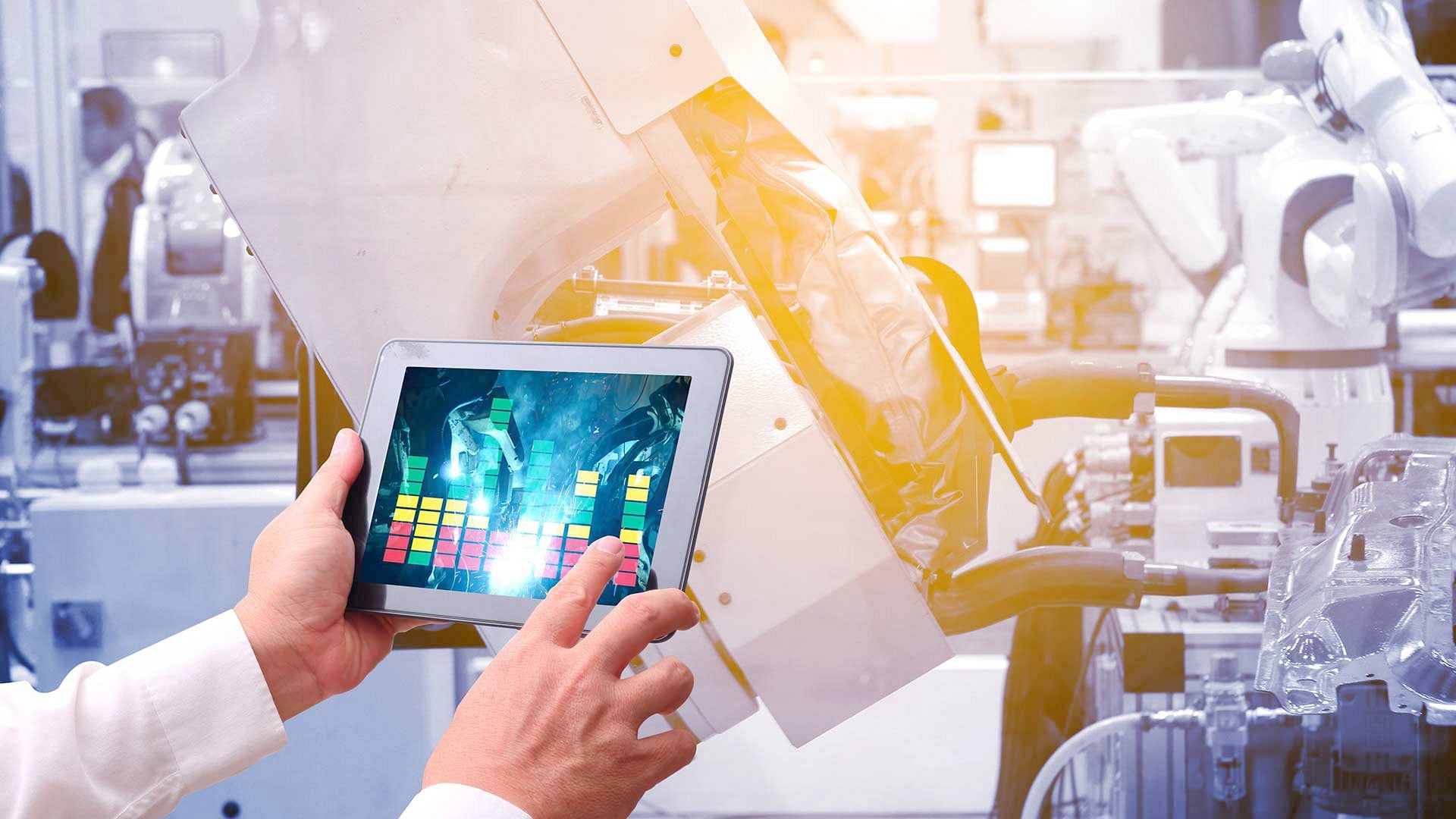Automation Careers 2.0: AI, ML, and Smart Tech Revolutionize the Industry

The Rise of the AI/ML Engineer
AI and ML are related but not exactly the same thing. ML is a subset of AI, and it involves training software on specific data sets to look for new ones. It might look at a set of images for defects such as corrosion. Creating AI and ML solutions requires a unique blend of technical skills, just like the automation professional who bridges the divide between the physical world of processes and technology.
Autonomous Systems Engineers: Navigating the Future
Autonomous systems are fast becoming a reality with the help of AI. Waymo's robotaxi service in several US cities is a standing example. In industries, autonomous drones like Leica's and robots such as Boston Dynamics' Spot are changing the way we work. The complexity of autonomous operation requires advanced control algorithms and deep knowledge of sensing and actuation.
Smart Homes and IoT Automation Specialists: Shaping the Connected Lifestyle
The smart home market, valued at 100 billion USD today, is likely to reach 633 billion USD by 2032. AI-powered enhancement of user experience increases demand for smart devices. This means automation professionals have much value to add towards addressing home automation network security challenges due to their experience in securing industrial systems.
Conclusion
ISA is still the hub of automation, with continuous updating in its training portfolio matching the dynamic professional needs. Its AI-based search agent, Mimo, opens an enormous wealth of knowledge for the members of ISA to keep pace with this rapid change.

























